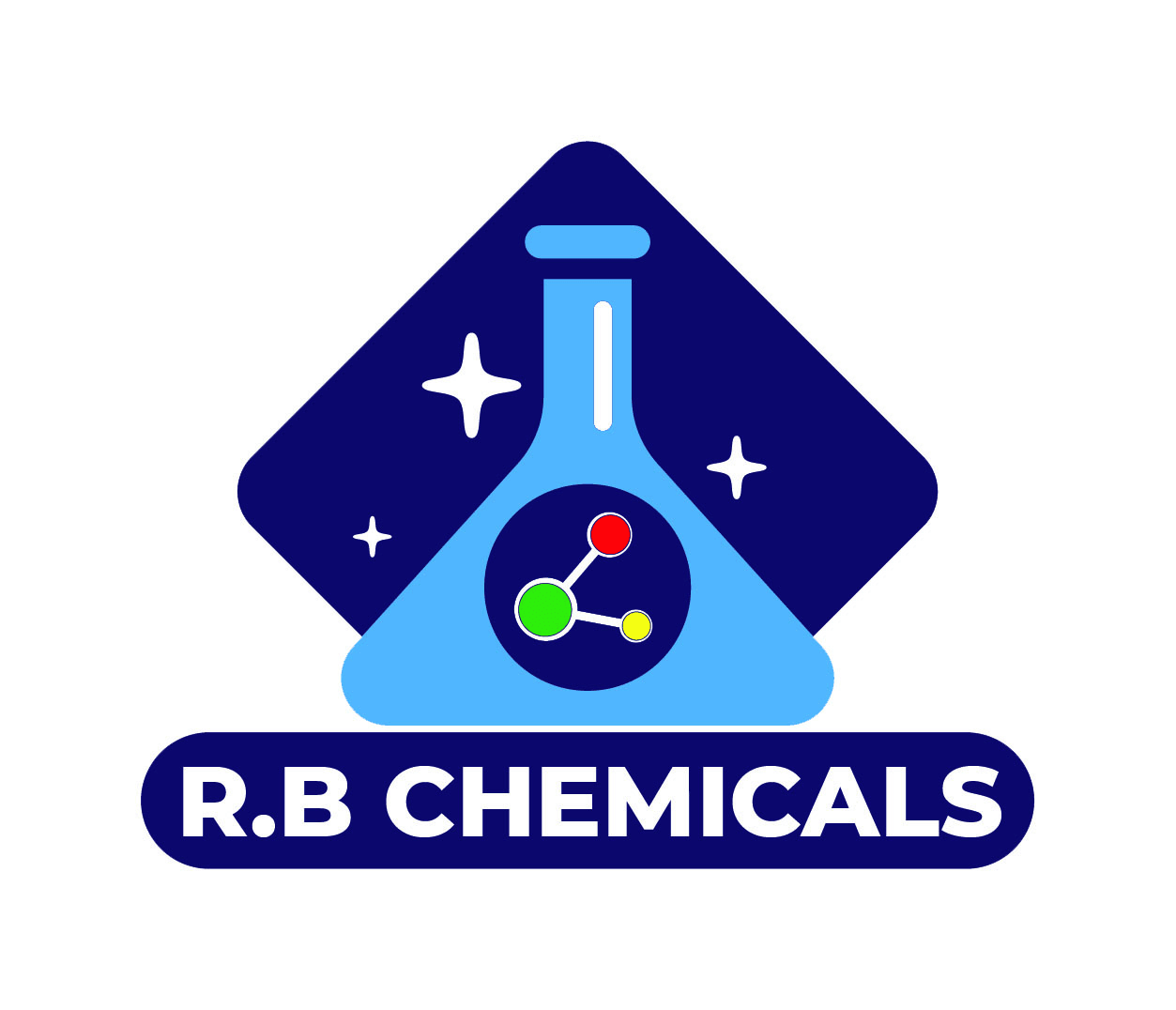knitting oil
- The lubricating oil should be able to form a strong thin film to withstand high-speed movement of the needle and sinker to ensure an extended life of two frictional partners.
- The oil should be able to provide consistent performance for a variety of friction coefficients over extended periods.
- It should not form any sort of residue as it could hamper the speed sliding movement.
- The lubricating oil should have good oxidation stability to make certain that the machine suffers minimal wear during machine startup.
- The oil should be chemically inert so that it does not react with a plastic tube or machine paint even if it is in contact for extended time periods.
- The lubricating oil should be able to form a strong thin film to withstand high-speed movement of the needle and sinker to ensure an extended life of two frictional partners.
- The oil should be able to provide consistent performance for a variety of friction coefficients over extended periods.
- It should not form any sort of residue as it could hamper the speed sliding movement.
- The lubricating oil should have good oxidation stability to make certain that the machine suffers minimal wear during machine startup.
- The oil should be chemically inert so that it does not react with a plastic tube or machine paint even if it is in contact for extended time periods.
Knitting Oil formulation
The knitting oil emulsion generally consists of around 85 to 90% of Mineral base lubricating oil and 8-15% of an additive.
While the Mineral base oil serves the purpose of forming the major chunk of the lubricating oil emulsion, the additive components mix to serve a variety of purposes and it comprises of emulsifier (7 to 10%) anti-rust agent (0.1% to 0.4%), friction modifiers (0.25 to 2.5%), antioxidant (0.2 to 1.0%), metal deactivators (0.05 to 0.1%) and around 0.4 to 1.0% of water
The knitting oil emulsion generally consists of around 85 to 90% of Mineral base lubricating oil and 8-15% of an additive.
While the Mineral base oil serves the purpose of forming the major chunk of the lubricating oil emulsion, the additive components mix to serve a variety of purposes and it comprises of emulsifier (7 to 10%) anti-rust agent (0.1% to 0.4%), friction modifiers (0.25 to 2.5%), antioxidant (0.2 to 1.0%), metal deactivators (0.05 to 0.1%) and around 0.4 to 1.0% of water




.jpg)


.jpg)




0 Reviews:
Post Your Review